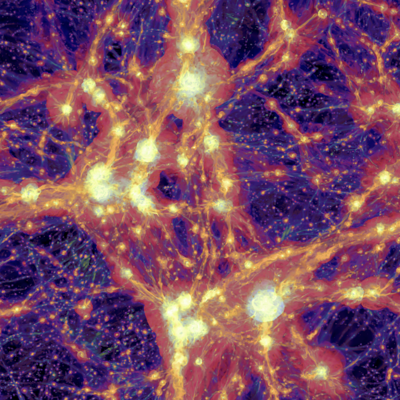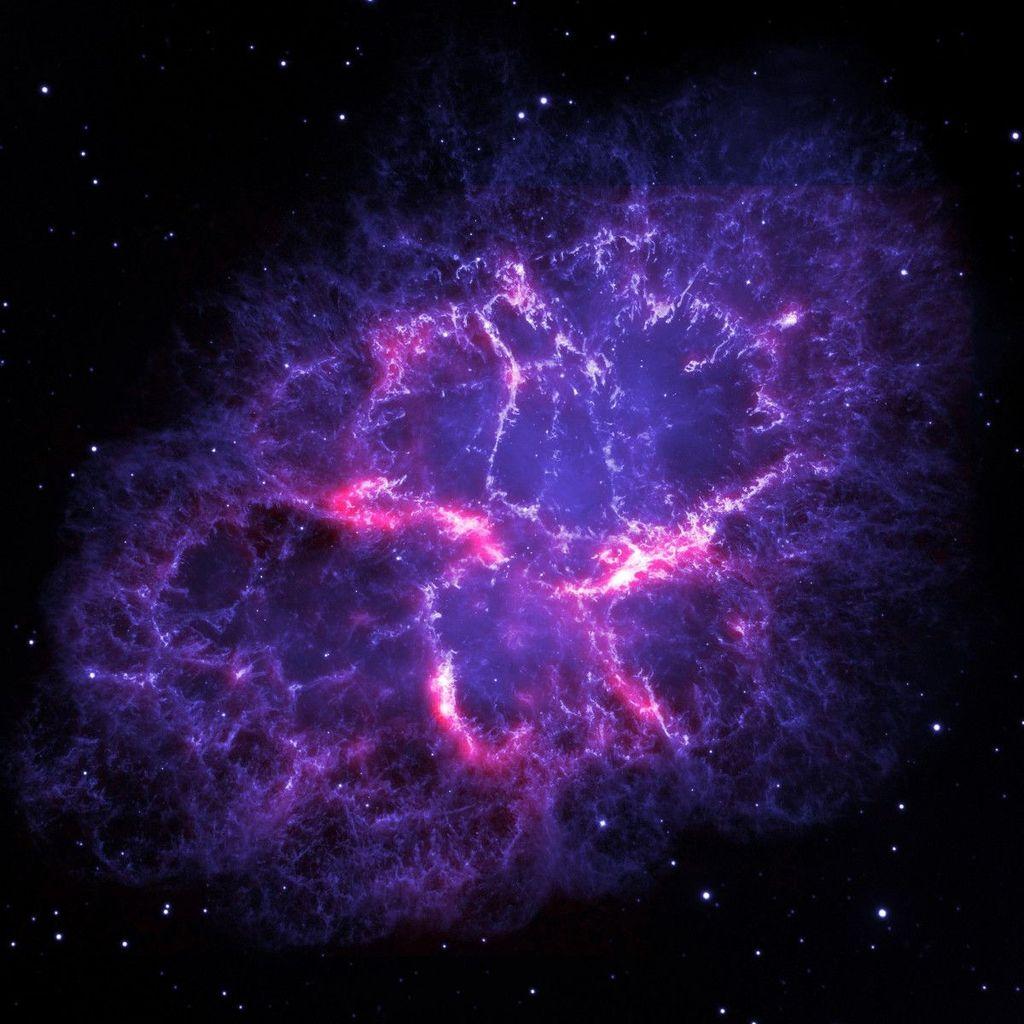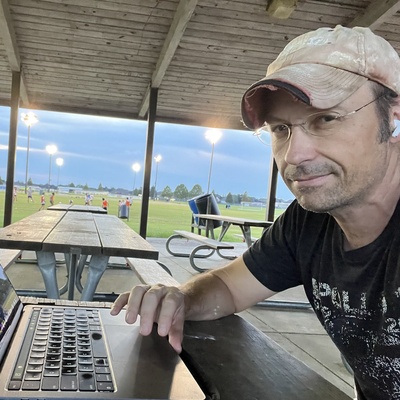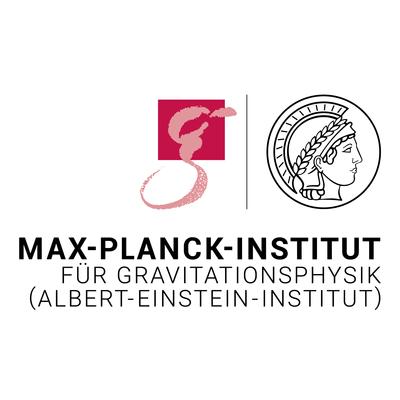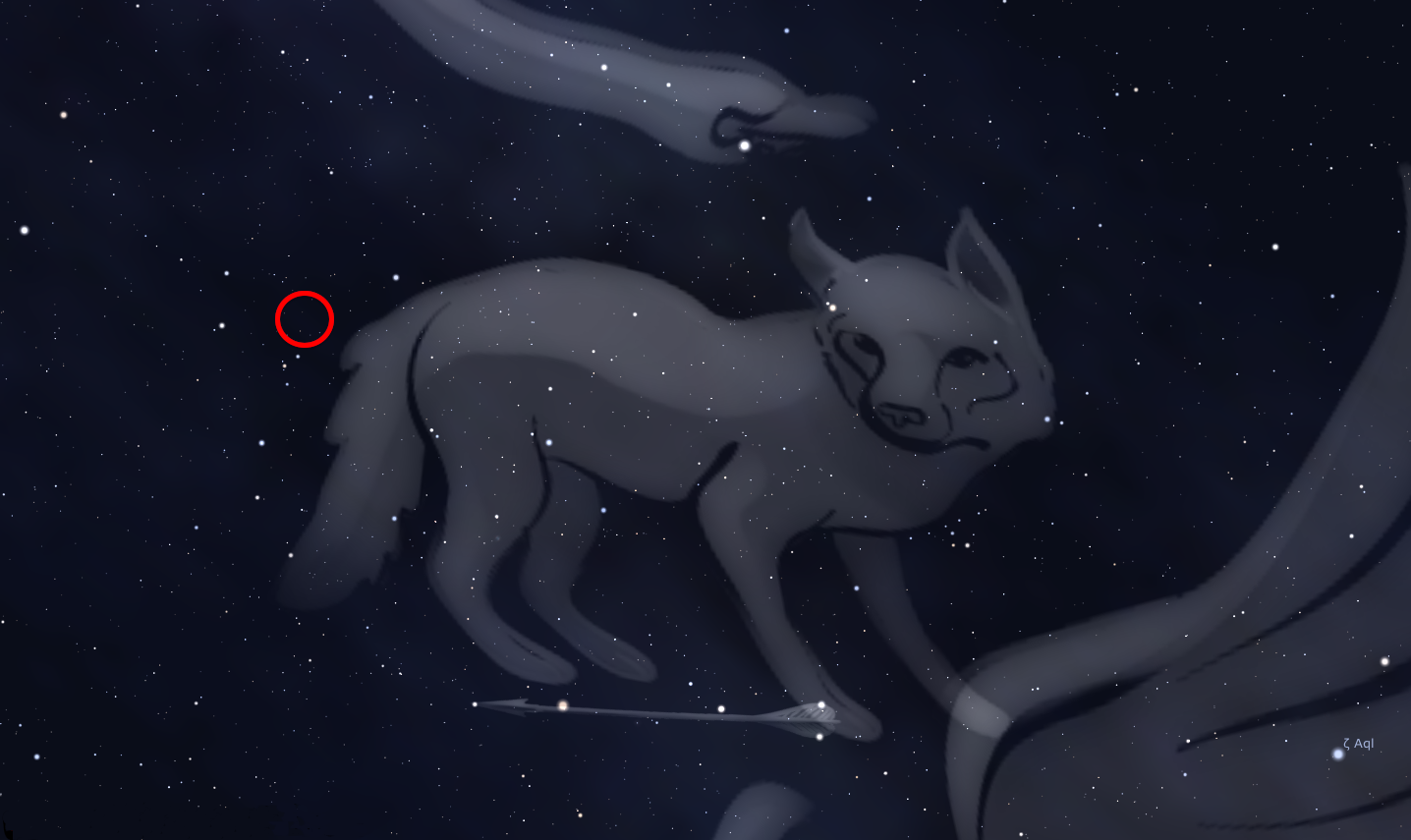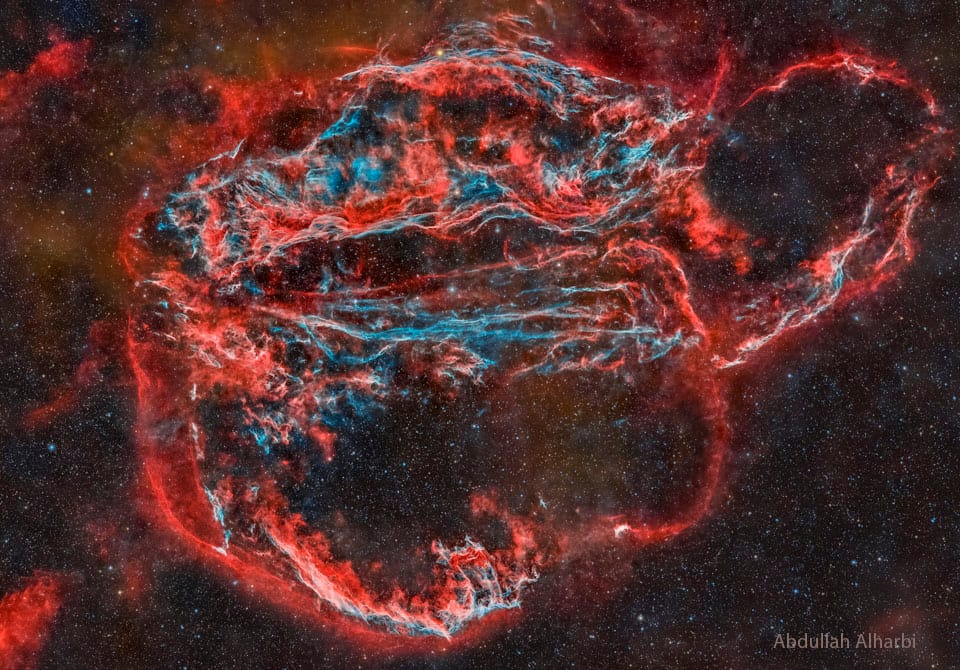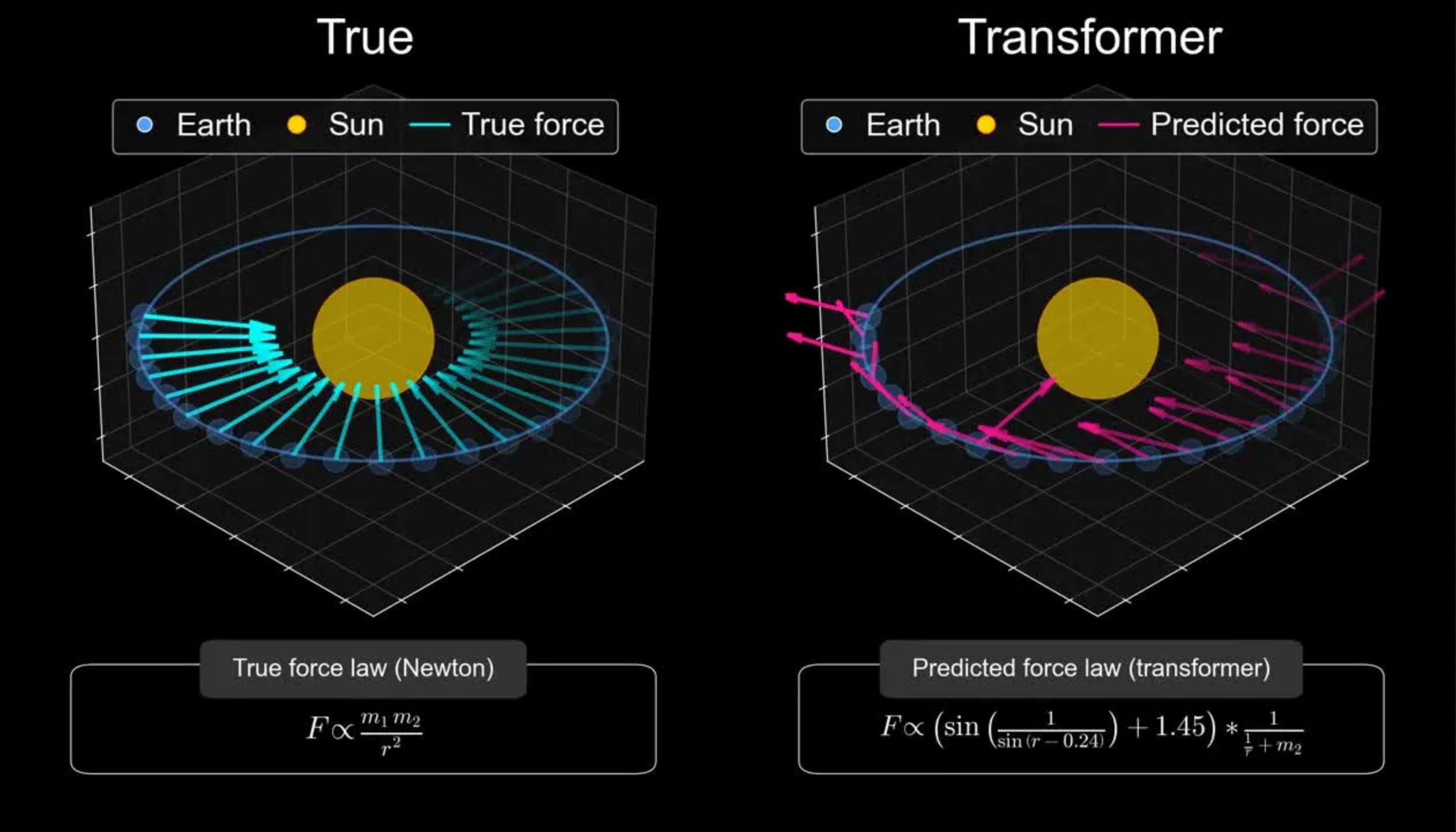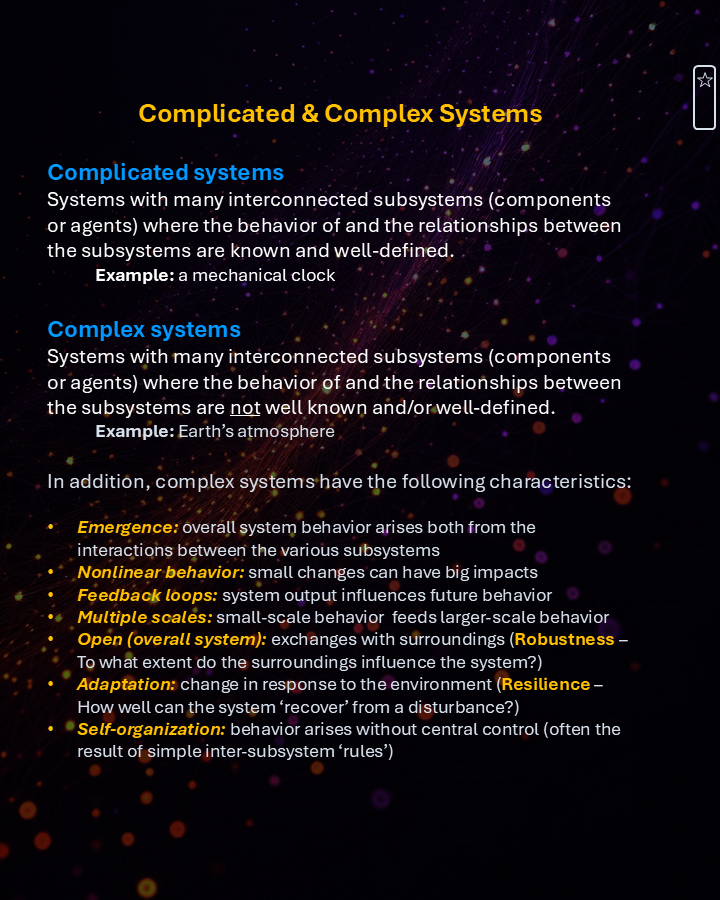Where the production of #SimulatedUniverses is useful: predicting the 3-dimensional and time-dependent volume filling factors of magnetic fields (left) and relativistic particles (right) ejected in the intergalactic medium by the activity of galaxies. Depending on the evolution of cosmic star formation, black hole activity, numerical details of feedback implementation and more, it's non obvious to derive this analytically. This is our recent best guess:
#astronomy #physics #science
#physics
See tagged statuses in the local BookWyrm community
Giant, cosmic 'Eye of Sauron' snapped staring directly at us in stunning 15-year time-lapse photo. Via @live_science #Space #Astrophysics #OrbitalMechanics #Astronomy 🚀 🌌 ☄️ 🛰️ #Science #Physics 🔭🔬🧪🥼🧑🔬
Giant, cosmic 'Eye of Sauron' ...
X-ray telescope finds something unexpected with the 'heartbeat black hole'. Via @spacedotcom #Space #Astrophysics #OrbitalMechanics #Astronomy 🚀 🌌 ☄️ 🛰️ #Science #Physics 🔭🔬🧪🥼🧑🔬
X-ray telescope finds somethin...
#SimulatedUniverses
A 100 Megaparsec cubic simulated volume getting progressively filled by cosmic web structures, one layer of baryonic matter at a time ( here using 64 layers of depth 1.56 Megaparsec each).
Rendering done using #Julialang in parallel using 16 cores on my MAC - the input simulation has 1024^3 cells.
The tiniest detail of the cosmic network tend to get lost as the entire distribution of matter gets added along the line of sight!
Particle physics and cosmology go hand-in-hand, despite the vast difference in scales. So when something new appears to be brewing in the quantum world, we pay attention. On this week’s Big Picture Science, could physics experiments take us “Beyond the Standard Model?”
Listen here: https://bigpicturescience.org/beyond-the-standard-model
Finally added another chapter to my #physics and #python book - this chapter is on collisions. You can find all the chapters here https://rhettallain.com/python-physics-and-stuff/
Almost exactly 15 years ago to the day, we published the first pulsar discovery with our distributed computing project / citizen science project @einsteinathome in the journal “Science”.
ℹ️ https://www.aei.mpg.de/219343/einstein-home-citizen-scientists-in-the-usa-and-germany-discover-a-new-pulsar-in-arecibo-telescope-data (press release)
📄 https://arxiv.org/abs/1008.2172 (publication on arXiv)
📄 https://www.science.org/doi/10.1126/science.1195253 (publication in Science)
#OTD #Throwback #Pulsar #RadioAstronomy #Astronomy #Physics #CitizenScience
#PhysicsFactlet
The most naïve way to integrate (ordinary) differential equations, like the equation of motion of a simple pendulum, is to use the instantaneous velocity to update the position, and the instantaneous force to update the velocity (known as the Euler method). While this is simple and intuitive, it accumulates errors very quickly and (importantly) doesn't conserve energy.
Nils Thuerey, Professor of #Physics-based Simulation, and his team developed a two-phase wave #simulationmodel for water and air, that could help protect coasts from #floods and #extremeweather: http://go.tum.de/735248
📷A. Heddergott
💁🏻♀️ ICYMI: 🛞🏜️ Watch what happens when a spare tire gets launched from one of the tallest sand dunes in #Chile's Atacama Desert—the world's driest non-polar #desert.
This drone footage captures the tire's surprisingly long journey through the desert #landscape. The team behind this is Tuk South, currently trekking #SouthAmerica in Piaggio tuk tuks while documenting #conservation initiatives.
In order to advance our understanding of the unknown sources of ultra high energy cosmic rays (the most energetic particles in space, propagating with a kinetic energy up to a few Joules, i.e. a single particle can carry the energy of an entire fast tennis ball) we need to model their deflection by intergalactic magnetic fields 🧲. Here a collection of a few #simulations.
A) protons of 1J crossing our most realistic magnetic field model #astronomy #science #physics
Veil Nebula
These glowing wisps are the visible remains of a star that went supernova about 7,000 years ago. Today the supernova remnant is known as the Veil Nebula and is visible only through telescopes. In the image, red marks hydrogen gas and blue marks oxygen. First carried by shock waves, these remains of a former star now serve as seed material for other stars and planetary systems to form. (Image credit: A. Alharbi; via APOD)
#astrophysics #fluidDynamics #physics #science #shockwave #stellarEvolution #supernova #turbulence
Veil Nebula
These glowing wisps are the visible remains of a star that went supernova about 7,000 years ago. Today the supernova remnant is known as the Veil Nebula and is visible only through telescopes. In the image, red marks hydrogen gas and blue marks oxygen. First carried by shock waves, these remains of a former star now serve as seed material for other stars and planetary systems to form. (Image credit: A. Alharbi; via APOD)
#astrophysics #fluidDynamics #physics #science #shockwave #stellarEvolution #supernova #turbulence
In science, a model reveals universal laws. In AI, a “model” just matches patterns in data. Copernicus knew the difference but transformers don't, as reflected in this Harvard/MIT study https://blog.still-water.net/ptolemaic-thinking-in-ai-age
Complex systems are often said to be systems where ‘the whole is greater than the sum of the parts’ & where simple rules can create astonishingly intricate behavior.
#thermodynamics #energysystems #engineering #science #physics #complexity #resilience #robustness
